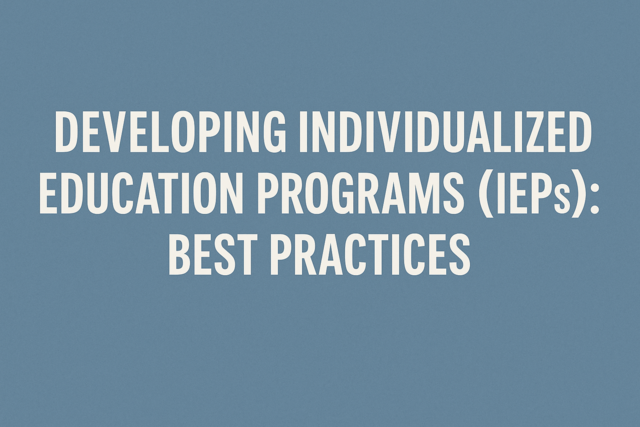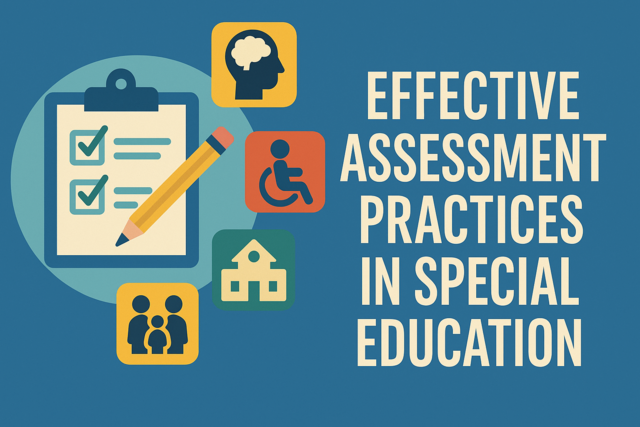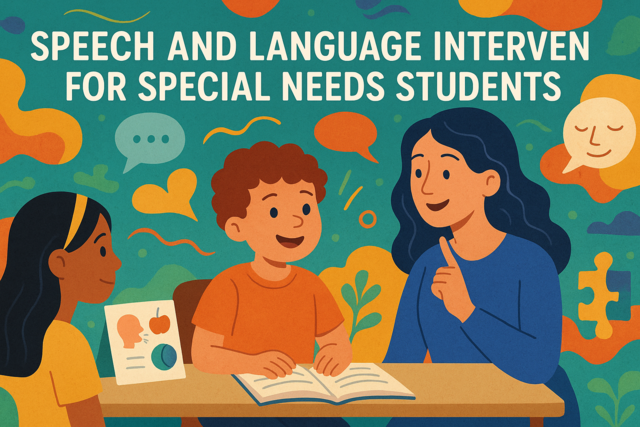Online Class: Assistive Technology in Special Education — Tools and Applications

no certificate
with CEU Certificate*
-
15Lessons
-
22Exams &
Assignments -
6Hours
average time -
0.6CEUs
Course Description
Imagine a world where classrooms are spaces of boundless possibility, where every student, regardless of their abilities, is supported in achieving their dreams. This isn't just a vision; it's a revolution in progress, and you can be at the helm. Welcome to "Assistive Technology in Special Education: Tools and Applications"--a course designed not merely to educate but to inspire, transform, and empower.
This course isn't a traditional academic endeavor; it's your invitation to step into a role that shapes the future of education. You'll gain more than just knowledge; you'll acquire the power to change lives. Imagine enabling a child to communicate with their peers for the first time, to conquer reading challenges, or to express their creativity without barriers. This is the profound impact you'll have as you explore the cutting edge of assistive technology.
Picture yourself in a room equipped with all the necessary tools, turning limitations into opportunities. Throughout our journey together, you'll delve into real-world solutions that redefine what learning looks like for students with disabilities. Beyond merely exploring technologies, you'll learn to weave them into the fabric of education, creating a tapestry of inclusion where every thread is a student reaching their full potential.
Begin by embracing the current technological landscape's challenges and promises. You'll gain insights into how innovations are leveling the playing field, dissolving barriers that hindered the educational pursuits of students with disabilities. This is not about teaching the tools; it's about mastering them to craft vibrant, inclusive environments.
Imagine mastering frameworks like IDEA, guidance systems that illuminate the path to tailoring education through assistive technology. You'll be empowered to create individualized education plans that are more than just paperwork--they become blueprints to unlock the full potential of each student. You'll emerge from this course not just as an implementer of plans but as an advocate for student-centered learning, ensuring equal access and possibilities for all.
So, what makes this course not just different but superior? It's our real-world focus, our commitment to practical application, and the unparalleled community you will become a part of. You won't be learning in isolation; instead, you'll be part of a network of passionate professionals, sharing insights, successes, and solutions. These connections will enrich your professional journey and provide a support system that empowers every step you take.
Our course reaches beyond the classroom, building a toolkit that shapes personal and professional growth. By exploring AAC devices, or understanding the nuances of TTS technology, you'll enhance your ability not just to teach but to connect, communicate, and empathize in all areas of life. These are skills that transcend special education, touching every aspect of your interactions and leaving a lasting impression on those you engage with.
Once you immerse yourself in these enriching experiences, you'll venture into the future. Explore the role of virtual reality, transforming abstract concepts into tangible learning experiences, particularly for students with ASD and ADHD. Be prepared to lead your own innovative technology-driven initiatives, inspiring change and fostering inclusivity at every turn in your educational career.
Enrollment in this course is more than signing up for a learning opportunity; it's a commitment to pushing the boundaries, to championing educational equality, and to fueling a passion for lifelong learning. Join us, and you're not just choosing to make a difference--you're equipping yourself to be a catalyst for transformation.
Your journey in "Assistive Technology in Special Education: Tools and Applications" is not just an educational experience--it's a leadership building endeavor. This is your chance to craft a legacy of inclusivity and innovation, ensuring every student not only dreams but achieves. Transform classrooms. Transform lives. This is your moment; seize it. Let's redefine education together for a brighter, more inclusive future.
- Completely Online
- Self-Paced
- 6 Months to Complete
- 24/7 Availability
- Start Anytime
- PC & Mac Compatible
- Android & iOS Friendly
- Accredited CEUs
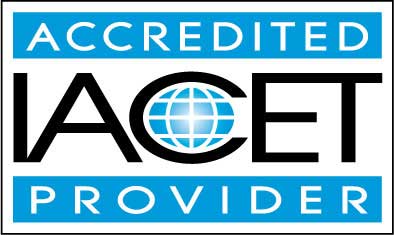
Course Lessons
Lesson 1. Equal Opportunity Through Technological Innovation
With advancements in technology, assistive tools in special education continue to break down barriers and promote equal opportunities for educational success. These tools, spanning communication aids and mobility devices, focus on enhancing learning and fostering self-reliance for students with disabilities.Lesson 2. Accessible Learning: IDEA's Technological Transformations
By mandating a Free Appropriate Public Education (FAPE) within the Least Restrictive Environment (LRE), IDEA has made education more equitable for students with disabilities. Its focus on assistive technologies and collaborative IEPs exemplifies a commitment to personalized learning and student empowerment.Lesson 3. Understanding and Implementing Universal Design for Learning
Educators leverage diverse learner profiles and assistive technology to tailor classroom strategies, enhancing inclusion and equity for students with special needs. Tools such as AAC devices and adaptive learning software personalize learning experiences, promoting participation and motivation.Lesson 4. Navigating Learning Disabilities: Beyond Traditional Education
Understanding the diverse landscape of learning disabilities enables educators to implement personalized learning approaches. By integrating adaptive technologies and tailored assessments, educators can foster inclusive environments that empower students through increased self-advocacy and constructive feedback.Lesson 5. Speech-to-Text: Transformative Tool for Inclusive Education
For learners with specific educational challenges, speech-to-text technology serves as an inclusive tool to bridge gaps in reading and writing. By leveraging advancements in AI, these applications enhance accessibility, enabling personalized learning experiences and supporting diverse communication needs.Lesson 6. TTS Technology: A Catalyst for Transforming Special Education
Text-to-speech (TTS) technology revolutionizes special education by turning written text into audible content, greatly aiding students with reading challenges like dyslexia and visual impairments. By promoting inclusivity and confidence, TTS enables learners to engage with educational materials audibly, enhancing comprehension, retention, and independence.Lesson 7. Unlocking Communication Potential: AAC in Special Education
The inclusion of AAC technology in special education provides a voice to students with speech impairments, fostering their participation and confidence. From simple picture boards to cutting-edge speech-generating devices, these tools cater to a wide spectrum of communication needs.Lesson 8. Assistive Technology in ASD Classrooms: Bridging Communication and Learning Gaps
Assistive tools bridge communication and sensory gaps for students with ASD, empowering them to participate fully in class activities. Technologies such as VR provide tailored, engaging learning environments that cater to the unique needs of each student.Lesson 9. Enhancing Learning for ADHD Students: Tools and Techniques
Educators face challenges in addressing ADHD characteristics in students, including inattention, hyperactivity, and impulsivity, impacting classroom dynamics. By integrating digital tools and creating structured environments, teachers can transform these challenges into opportunities for growth.Lesson 10. Mobility Aids: Bridging the Gap in Education
Effective integration of mobility aids in schools requires accessible infrastructure, teacher training, and fostering an inclusive culture. Addressing these elements ensures equal learning opportunities and supports students' social and educational development.Lesson 11. Diversifying Learning Methods for All Students
Universal Design for Learning (UDL) forms the foundation for inclusive classrooms, accommodating diverse student needs and promoting unique learning pathways. By implementing UDL principles of engagement, representation, and expression, educators empower students to achieve their academic goals in supportive environments.Lesson 12. Tools for Change: Navigating the Educational Journey with Vision Impairments
Screen readers are essential in converting text to speech, allowing students to navigate digital landscapes, perform complex coding, and engage with collaborative projects. Combined with Braille displays, they provide a multisensory learning experience, enriching students' understanding of complex visual concepts.Lesson 13. Embracing Assistive Technology: Empowering Students with Hearing Impairments
Addressing the needs of hearing-impaired students involves combining technology, education, and emotional support to build inclusive classrooms. Resources like speech-to-text software and personalized learning plans are key in helping students overcome barriers and excel in diverse settings.Lesson 14. Harnessing Apps for Emotional Intelligence in Special Education
The use of assistive technology apps to develop emotional intelligence in special education introduces customizable and adaptive learning experiences tailored to individual needs. These tools integrate gamified elements and role-playing scenarios, offering students opportunities to practice empathy and social skills, crucial for academic success and personal well-being.Lesson 15. Collaboration in Action
Inclusion in education integrates diverse student needs into mainstream classrooms, utilizing a collaborative team approach involving educators, specialists, and families to craft personalized learning plans. This teamwork is crucial when employing assistive technology, ensuring tailored educational experiences that evolve with the student's development.
Learning Outcomes
- Identify and demonstrate the use of at least two assistive technology tools that can enhance accessibility for students with disabilities in a classroom setting.
- Define the concept of assistive technology in special education and describe its impact on students' learning outcomes.
- Define the key principles of the Individuals with Disabilities Education Act (IDEA), including the rights to a free appropriate public education (FAPE) and least restrictive environment (LRE).
- Identify how assistive technology (AT) is incorporated into Individualized Education Programs (IEPs) to support diverse learning needs under IDEA provisions.
- Demonstrate the ability to select and implement customized assistive technology through ongoing assessment and collaborative strategies to support diverse learners' academic success and personal growth.
- Recognize and describe diverse learner profiles in special education and identify suitable assistive technology tools aligned with individual learning needs.
- Demonstrate the ability to select appropriate assistive technology solutions for students with specific learning disabilities by outlining a personalized learning plan.
- Define and describe the key characteristics and challenges of dyslexia, dyscalculia, and ADHD, and identify specific assistive technology tools that address these challenges.
- Demonstrate the ability to integrate speech-to-text technology into classroom activities to support students with disabilities in expressing ideas and completing assignments.
- Recognize the impact of speech-to-text technology on enhancing communication for students with diverse learning needs in educational settings.
- Demonstrate an understanding of how text-to-speech technology fosters inclusivity and independence in special education settings by discussing specific classroom applications and outcomes.
- Identify and describe the benefits of text-to-speech technology in supporting reading comprehension for students with dyslexia or visual impairments.
- Define the difference between unaided and aided AAC systems, providing examples of communication methods from each category.
- Demonstrate mastery of lesson content at levels of 70% or higher.
Additional Course Information
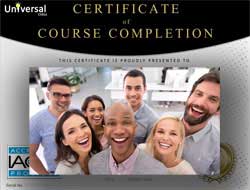
- Document Your Lifelong Learning Achievements
- Earn an Official Certificate Documenting Course Hours and CEUs
- Verify Your Certificate with a Unique Serial Number Online
- View and Share Your Certificate Online or Download/Print as PDF
- Display Your Certificate on Your Resume and Promote Your Achievements Using Social Media

Choose Your Subscription Plan
No Certificate / No CEUs
This course only
| Includes certificate | X |
| Includes CEUs | X |
| Self-paced |

|
| Instructor support |

|
| Time to complete | 6 months |
| No. of courses | 1 course |
Certificate & CEUs
This course only
| Includes certificate |

|
| Includes CEUs |

|
| Self-paced |

|
| Instructor support |

|
| Time to complete | 6 months |
| No. of courses | 1 course |
Certificates & CEUs
Includes all 600+ courses
| Includes certificate |

|
| Includes CEUs |

|
| Self-paced |

|
| Instructor support |

|
| Time to complete | 12 Months |
| No. of courses | 600+ |
Certificates & CEUs
Includes all 600+ courses
| Includes certificate |

|
| Includes CEUs |

|
| Self-paced |

|
| Instructor support |

|
| Time to complete | 24 Months |
| No. of courses | 600+ |
Related Courses
-
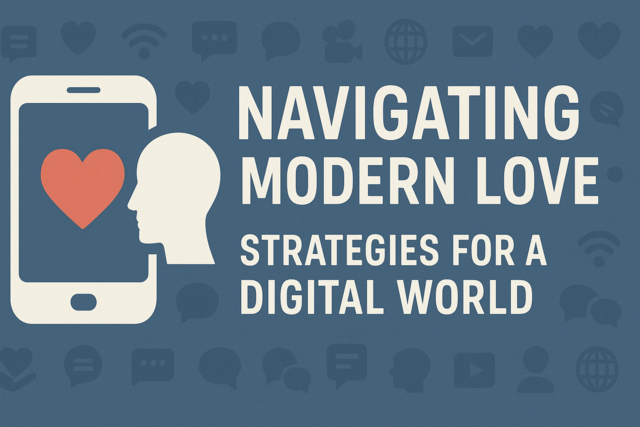 6 hours
0.6 CEUs
Navigating Modern Love: Strategies for a Digital World
+ More Info
6 hours
0.6 CEUs
Navigating Modern Love: Strategies for a Digital World
+ More Info
-
 7 hours
0.7 CEUs
Aligning Curriculum with State Standards
+ More Info
7 hours
0.7 CEUs
Aligning Curriculum with State Standards
+ More Info
-
 3 hours
0.3 CEUs
The Role of Peer Support in Trauma Recovery: Building Community and Resilience
+ More Info
3 hours
0.3 CEUs
The Role of Peer Support in Trauma Recovery: Building Community and Resilience
+ More Info
-
 5 hours
0.5 CEUs
The Relationship Reset: Rewriting Your Story Together
+ More Info
5 hours
0.5 CEUs
The Relationship Reset: Rewriting Your Story Together
+ More Info
-
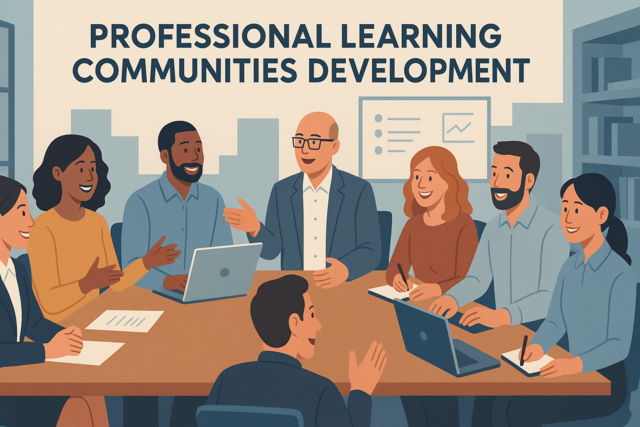 6 hours
0.6 CEUs
Professional Learning Communities Development
+ More Info
6 hours
0.6 CEUs
Professional Learning Communities Development
+ More Info
-
 4 hours
0.4 CEUs
Design Dynamics: The Rise of Contemporary Luxury Designers
+ More Info
4 hours
0.4 CEUs
Design Dynamics: The Rise of Contemporary Luxury Designers
+ More Info
-
 7 hours
0.7 CEUs
Vintage Visions: Integrating Past Styles in Modern Luxury
+ More Info
7 hours
0.7 CEUs
Vintage Visions: Integrating Past Styles in Modern Luxury
+ More Info
-
 7 hours
0.7 CEUs
Introduction to Human Resources
+ More Info
7 hours
0.7 CEUs
Introduction to Human Resources
+ More Info
-
 7 hours
0.7 CEUs
Travel Planning and Safety Skills
+ More Info
7 hours
0.7 CEUs
Travel Planning and Safety Skills
+ More Info
-
 6 hours
0.6 CEUs
Narrative Approaches in Education
+ More Info
6 hours
0.6 CEUs
Narrative Approaches in Education
+ More Info
-
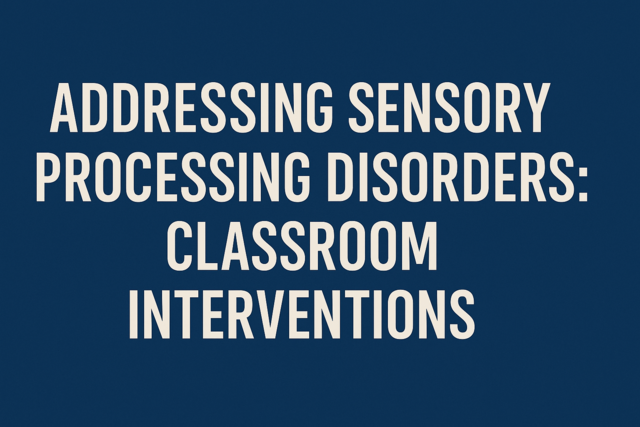 4 hours
0.4 CEUs
Addressing Sensory Processing Disorders: Classroom Interventions
+ More Info
4 hours
0.4 CEUs
Addressing Sensory Processing Disorders: Classroom Interventions
+ More Info
-
 7 hours
0.7 CEUs
Digital Friendships: Navigating Virtual Connections
+ More Info
7 hours
0.7 CEUs
Digital Friendships: Navigating Virtual Connections
+ More Info
-
 7 hours
0.7 CEUs
Stress Less: Mindful Techniques for Family Harmony
+ More Info
7 hours
0.7 CEUs
Stress Less: Mindful Techniques for Family Harmony
+ More Info
-
 4 hours
0.4 CEUs
Understanding Artificial Intelligence
+ More Info
4 hours
0.4 CEUs
Understanding Artificial Intelligence
+ More Info
-
 7 hours
0.7 CEUs
The Renaissance of Relationship: Revitalizing Emotional Bonds
+ More Info
7 hours
0.7 CEUs
The Renaissance of Relationship: Revitalizing Emotional Bonds
+ More Info
-
 5 hours
0.5 CEUs
Engaging Families in the Educative Process
+ More Info
5 hours
0.5 CEUs
Engaging Families in the Educative Process
+ More Info
-
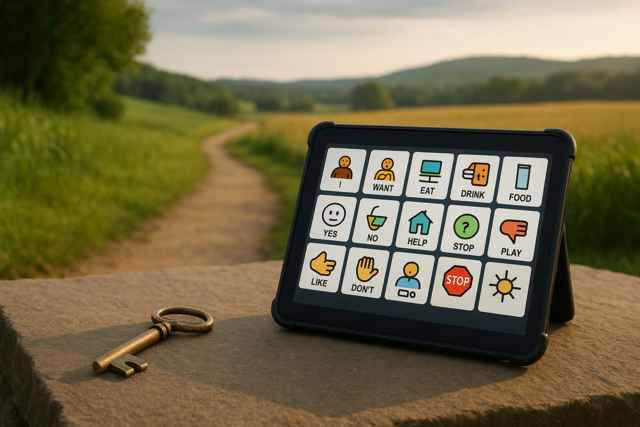 6 hours
0.6 CEUs
Assistive Communication Devices: Maximizing Potential
+ More Info
6 hours
0.6 CEUs
Assistive Communication Devices: Maximizing Potential
+ More Info
-
 6 hours
0.6 CEUs
Timeless Aesthetics: Navigating Luxury Brand Evolution
+ More Info
6 hours
0.6 CEUs
Timeless Aesthetics: Navigating Luxury Brand Evolution
+ More Info
-
 7 hours
0.7 CEUs
Negotiation and Persuasion in Business
+ More Info
7 hours
0.7 CEUs
Negotiation and Persuasion in Business
+ More Info
-
 5 hours
0.5 CEUs
Introduction to Programming for Professionals
+ More Info
5 hours
0.5 CEUs
Introduction to Programming for Professionals
+ More Info
-
 6 hours
0.6 CEUs
Neuroscience of Trauma: How the Brain Processes and Heals from Trauma
+ More Info
6 hours
0.6 CEUs
Neuroscience of Trauma: How the Brain Processes and Heals from Trauma
+ More Info
-
 3 hours
0.3 CEUs
Positive Reinforcement Techniques for Special Educators
+ More Info
3 hours
0.3 CEUs
Positive Reinforcement Techniques for Special Educators
+ More Info
-
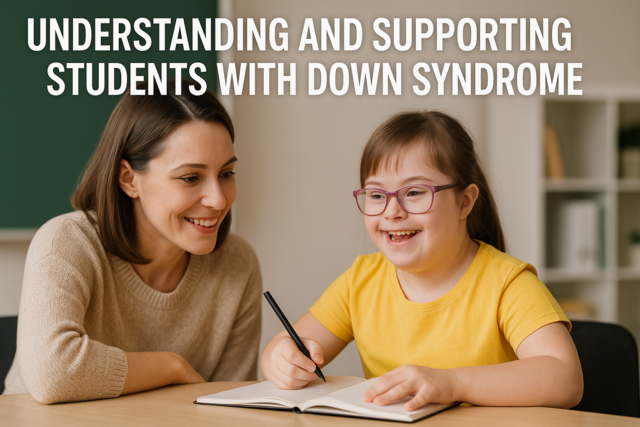 3 hours
0.3 CEUs
Understanding and Supporting Students with Down Syndrome
+ More Info
3 hours
0.3 CEUs
Understanding and Supporting Students with Down Syndrome
+ More Info
-
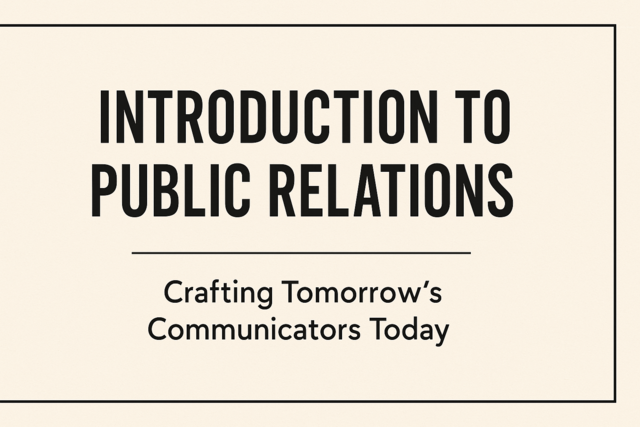 3 hours
0.3 CEUs
Introduction to Public Relations
+ More Info
3 hours
0.3 CEUs
Introduction to Public Relations
+ More Info
-
 3 hours
0.3 CEUs
Holistic Approaches to Education
+ More Info
3 hours
0.3 CEUs
Holistic Approaches to Education
+ More Info
-
 5 hours
0.5 CEUs
Creating Engaging Online Content
+ More Info
5 hours
0.5 CEUs
Creating Engaging Online Content
+ More Info
-
 4 hours
0.4 CEUs
Home Organization and Decluttering Techniques
+ More Info
4 hours
0.4 CEUs
Home Organization and Decluttering Techniques
+ More Info
-
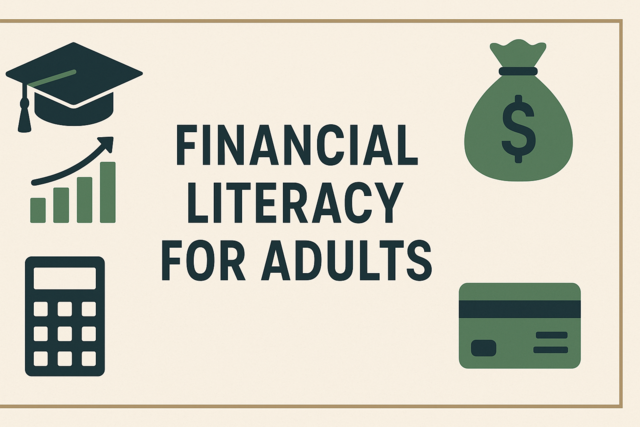 3 hours
0.3 CEUs
Financial Literacy for Adults
+ More Info
3 hours
0.3 CEUs
Financial Literacy for Adults
+ More Info
-
 6 hours
0.6 CEUs
The Vogue of Now: An Insight into Modern Fashion Trends
+ More Info
6 hours
0.6 CEUs
The Vogue of Now: An Insight into Modern Fashion Trends
+ More Info
-
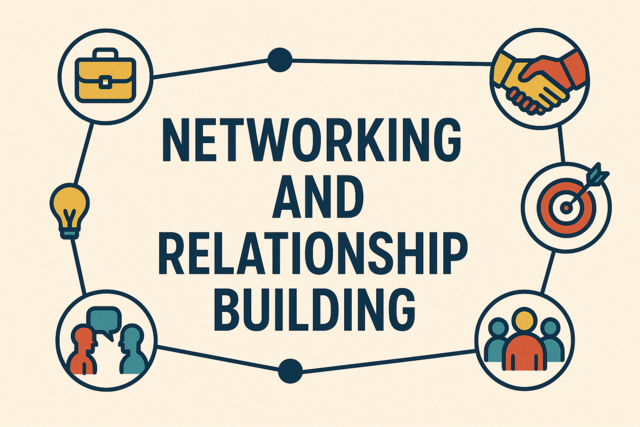 7 hours
0.7 CEUs
Networking and Relationship Building
+ More Info
7 hours
0.7 CEUs
Networking and Relationship Building
+ More Info
-
 5 hours
0.5 CEUs
Childhood Trauma: Long-term Effects and Interventions
+ More Info
5 hours
0.5 CEUs
Childhood Trauma: Long-term Effects and Interventions
+ More Info
-
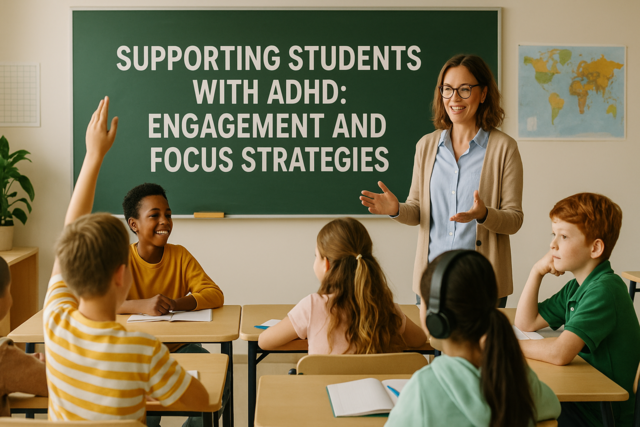 4 hours
0.4 CEUs
Supporting Students with ADHD: Engagement and Focus Strategies
+ More Info
4 hours
0.4 CEUs
Supporting Students with ADHD: Engagement and Focus Strategies
+ More Info
-
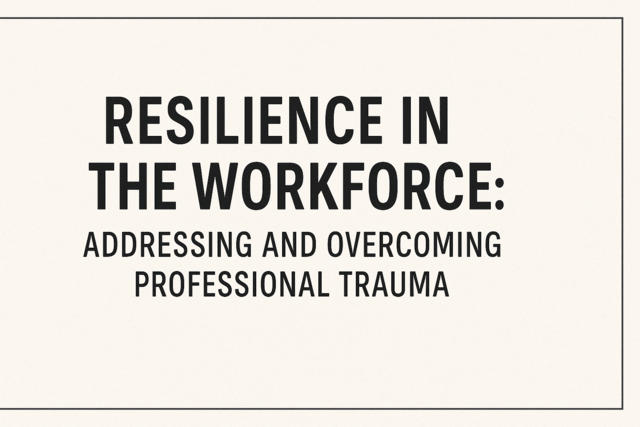 4 hours
0.4 CEUs
Resilience in the Workforce: Addressing and Overcoming Professional Trauma
+ More Info
4 hours
0.4 CEUs
Resilience in the Workforce: Addressing and Overcoming Professional Trauma
+ More Info
-
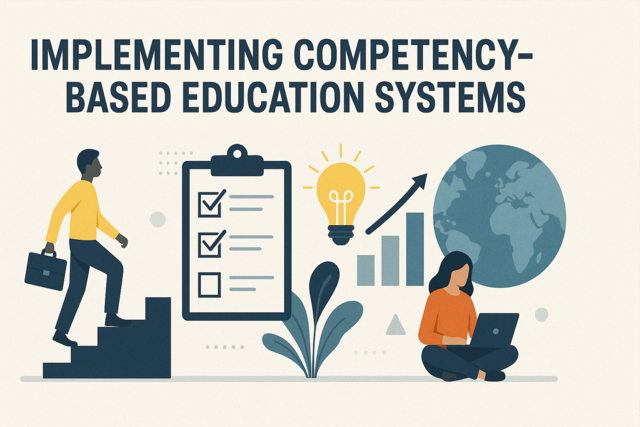 4 hours
0.4 CEUs
Implementing Competency-Based Education Systems
+ More Info
4 hours
0.4 CEUs
Implementing Competency-Based Education Systems
+ More Info
-
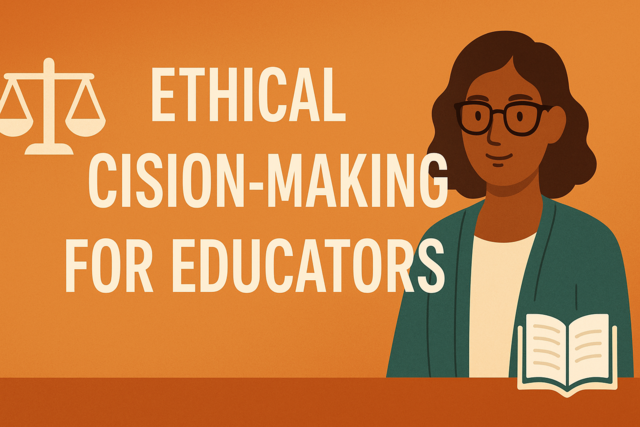 7 hours
0.7 CEUs
Ethical Decision-Making for Educators
+ More Info
7 hours
0.7 CEUs
Ethical Decision-Making for Educators
+ More Info
-
 3 hours
0.3 CEUs
Dapper & Distinguished: Men's Fashion Essentials
+ More Info
3 hours
0.3 CEUs
Dapper & Distinguished: Men's Fashion Essentials
+ More Info
-
 4 hours
0.4 CEUs
Strategies for Teaching English Language Learners
+ More Info
4 hours
0.4 CEUs
Strategies for Teaching English Language Learners
+ More Info
-
 5 hours
0.5 CEUs
Coaching and Mentoring Skills
+ More Info
5 hours
0.5 CEUs
Coaching and Mentoring Skills
+ More Info
-
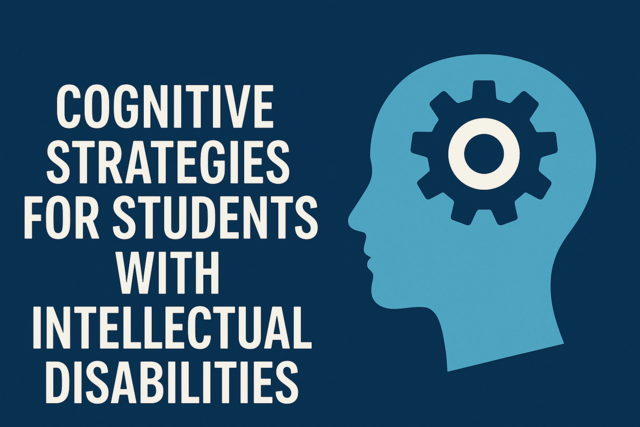 7 hours
0.7 CEUs
Cognitive Strategies for Students with Intellectual Disabilities
+ More Info
7 hours
0.7 CEUs
Cognitive Strategies for Students with Intellectual Disabilities
+ More Info
-
 6 hours
0.6 CEUs
Digital Marketing Fundamentals
+ More Info
6 hours
0.6 CEUs
Digital Marketing Fundamentals
+ More Info


